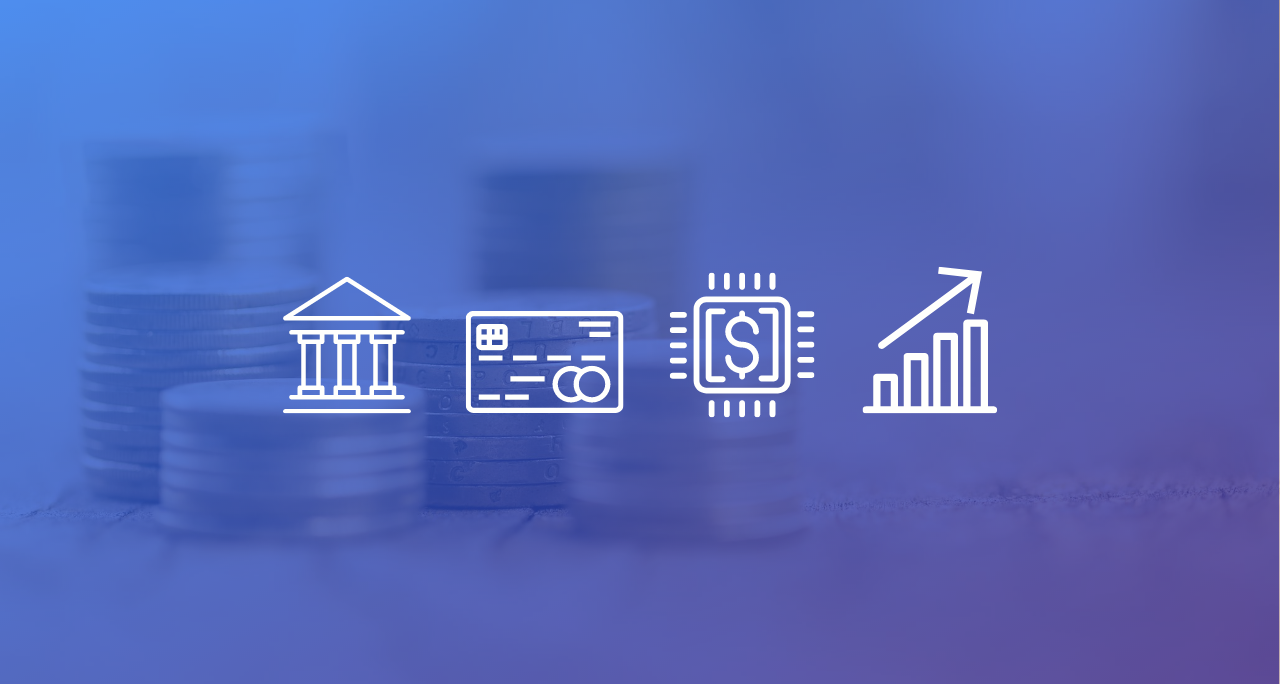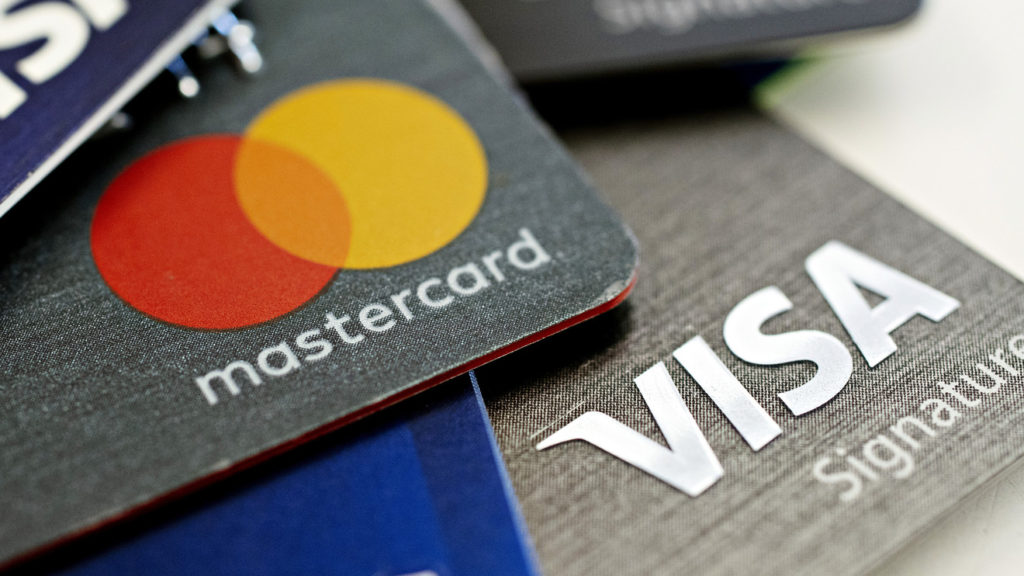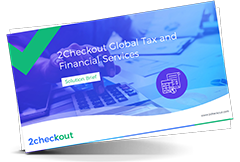If you’re selling online, payment processing fees are a given. Some merchants may wonder “How do I avoid payment processing fees?”, but in reality, not paying these costs is not an option. Every time your customers buy something from your store with a card, for example, you incur credit card processing fees.
There are several players who facilitate the payment process and who want to be paid for their role. In this article we’ll be introducing all the involved parties and conditions.
What are payment fees?
In order to understand charges for payments, we need to revisit the online payment processing process. Although the customer and your business are the main parties in any online payment, transfer of funds could not occur without the aid of technological middlemen, each of whom take a cut of the amount transacted:
The Acquiring Bank
Also known as the merchant bank, the acquiring bank accepts payments on your behalf and stores them in your merchant account. It does so for a small charge per payment, which is known as a markup fee. Any charges in this category usually depend on some of the factors that govern your relationship with your bank, such as your monthly processing volume or your industry.

In addition to the markup fee, your merchant bank is probably also charging you periodic maintenance fees as well as other associated processing fees, like fees on chargebacks and disputed transactions.
The Issuing Bank
The issuing bank or the client’s bank also make a percentage charge for each sale, known as an interchange fee. Interchange fees are a balancing mechanism, through which some of the costs of the issuing side are covered by the acquiring side. The payment card market has a two-sided market structure, as supply and demand on one side determine the supply and demand of the other side, and the interchange fee is payable when transferring funds from one side of the market to the other, and covers some of the issuing side’s costs.
Interchange fees usually take three cost components into account, for debit transactions:
- the operating costs (costs for processing the transaction);
- the costs for the payment guarantee for the merchant;
- the security of fraud-prevention costs.
Credit card processing also considers additional credit funding costs.
For the end consumer, the merchant, these fees usually translate into a flat rate plus a percentage of the sales total, and their rate depends on a number of factors, as shown previously.
Interchange fees are known to be lower in-store, when the customer pays by card at the POS (a card-present scenario), versus a payment online on a site (card-not-present scenario) and lower for debit transactions versus credit card payments. For example, in 2010, Mastercard’s interchange fee for European debit card use was between € 0.053 + 0.22% up to € 0.053 + 0.3%, whereas for credit cards the interchange was fixed at 1%.
Credit Card Associations
If the transaction involves a card, then the cost for an online payment will also include a credit card transaction fee, known as the assessment fee. This fee is non-negotiable for a merchant, and it is determined by credit card associations such as Visa and MasterCard, who charge it to all merchants receiving payments.
For example, Mastercard’s assessment fee in 2018 for domestic debit contactless transactions was $0.004 + 0% and 1% for cross-border assessments.
The Payment Processor
Since they facilitate the entire transaction, the payment processor is another party who gets paid during the process, charging a set amount every time it processes a transaction. So, whether they’re accepting a payment on your behalf or processing a decline, no scenario exists without a processing fee involved.
Payment processors, payment gateway, and merchant banks, as mentioned before, all charge markup fees that round off the charges that accompany an online payment.
Given that the merchant is usually presented with a sum of these charges as their final cost to sell online, this makes it difficult to make a payment processing fee comparison. What is important when evaluating costs is understanding what each price component amounts to, even though information might be buried deep within the contractual terms. If you’ve understood how to calculate credit card processing fees, you should be able to properly evaluate if the price you’re being charged is fair.
How are card processing fees bundled?
When shopping around and reviewing online processing fees, you may have run into several different pricing models. Merchants can feature their prices in different models, all which employ the same elements in calculation but have some variations. If you’re wondering what is the average fee for credit card processing, the answer is “it depends.”
Different credit card processors package their card processing fees in one of several ways – know which of the following types of fee pricing you’re up against when reviewing offers:

Flat-rate payment fee pricing
This is perhaps the easiest model to understand – regardless of the type of card the shopper is using, a merchant pays the same fixed fee per transaction, which is usually made up of a percentage of the sale and a dollar amount.
An example of this pricing format is 3.0% +$0.3 / sale, a fee that includes assessment, interchange, and all markup fees. Merchants prefer this pricing model for its predictability and because it often comes without a monthly fee added on top.
Interchange plus pricing model
In this model, the payment processor charges you a fixed fee, usually made up of a percentage of the sale plus a dollar amount, on top of the interchange fee. Interchange fee refers to the sum of the interchange and the assessment fee, as in “2% + $0.20 + 1.8% interchange fee.”
While this model may be more transparent in terms of the markups applied, it is also more difficult to follow. The level of detail will be harder to follow in bank statements and the diversity of interchange fees – over 60 interchange fees in the European Union a few years back – may prove overwhelming.
Tiered fee pricing
The principle of the tiered pricing model is that the level of the risk associated with the interchange applied determines your online processing fee. The processor classifies any of the 300 interchange rates in one of three categories: qualified, mid-qualified, or non-qualified. The more qualified the interchange rate used, the lower your processing costs.
Qualified rates are the most competitive for you, but these apply only to low-risk scenarios, like credit card payments at a POS terminal. eCommerce transactions tend to be rated as non-qualified, which means a higher cost for accepting payments online. Mid-qualified transactions are those that fall short of meeting all qualified requirements, such as reward cards or business cards for some payment processors.
Membership fee pricing model
This model is similar to interchange plus pricing, as it separately features markup and interchange costs. By contrast, however, membership pricing charges a flat dollar amount per transaction (no percentage markup here) and a flat monthly subscription cost on top of that.
A newer pricing style on the market, this model is an option for merchants with larger transactions.
Other merchant fees associated with online payment processing
On top of the credit card processing fees detailed above, your business may be subject to other flat or variable fees that are in place for those accepting payments online.
An example of a scheduled payments you may be subjected to includes the Fixed Acquirer Network Fee. Effective as of 2012, the FANF is Visa card network’s card association fee. Its rate depends on factors such as number of business locations for card present transactions and on gross Visa processing volume in eCommerce. The payment processor usually decides how this cost is passed on to the merchant and usually ensures that the rate is re-assessed quarterly. This rate is non-negotiable as it remits to Visa.
Examples of incidental markup fees you may incur when processing online payments include:
- Account setup fees. While most professional payment processors will not charge setup fees, some high-risk account providers may apply the charge as part of their sign-up process.
- Address Verification Services. Depending on how your contract is negotiated, you may incur an AVS cost each time a transaction is checked. While this system is integral in your fraud fighting arsenal, be sure to keep a good grip on how it’s billed.
- Chargeback fees. Every time your chargebacks are processed in favor of your customers, you will incur an additional chargeback fee. Ensure you have the right approach to deal with chargebacks to avoid these unexpected hefty costs.
Conclusion
We hope that the information presented here helps you understand and evaluate online payment processing costs. In any new contract, consider the features, capabilities, and protections offered by the supplier, in the context of what they want to charge you, and you’ll start off new collaborations from a position of power.
Online payments have become a highly preferred payment method because they are seamless, fast, and simple. Check out this solution brief to learn everything you need to know about Global Tax and Financial Services!







